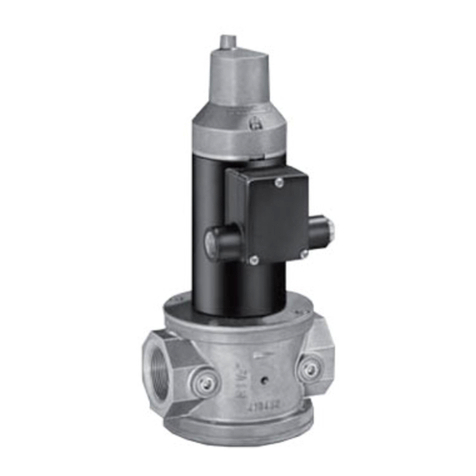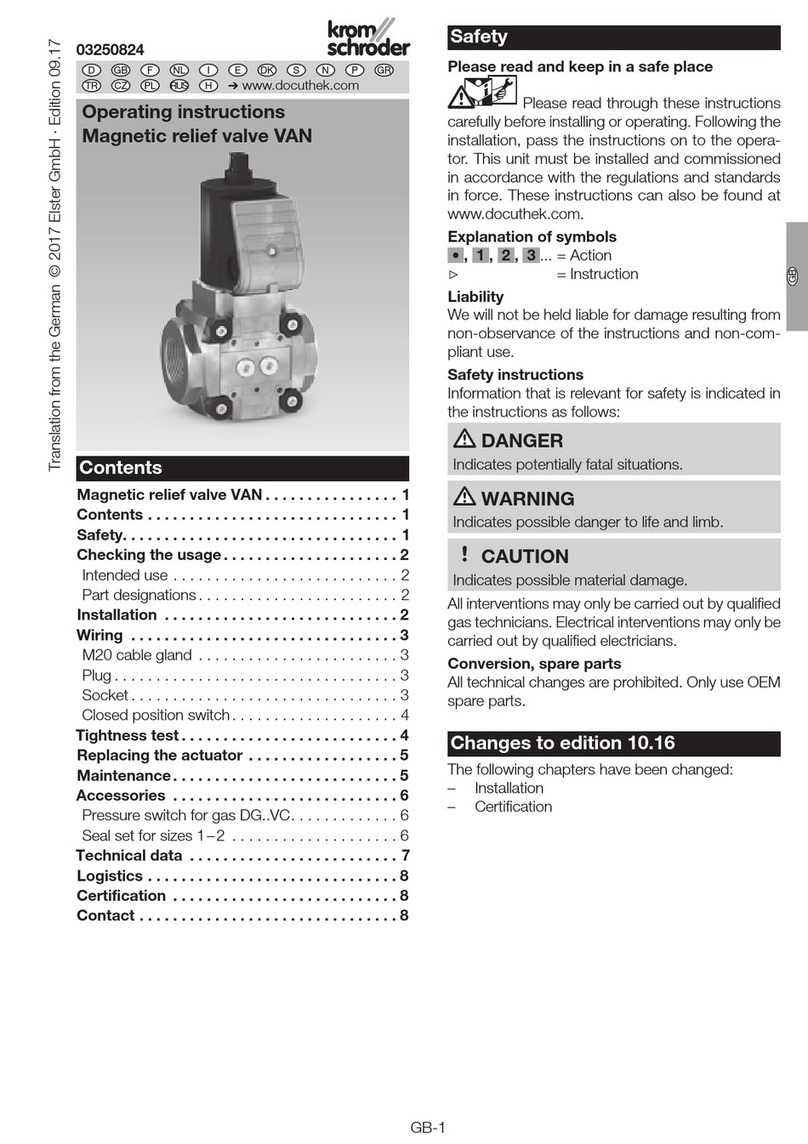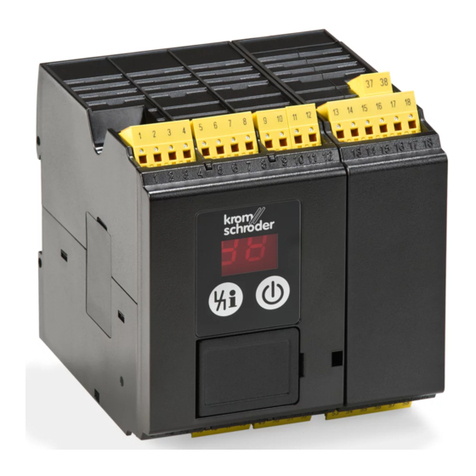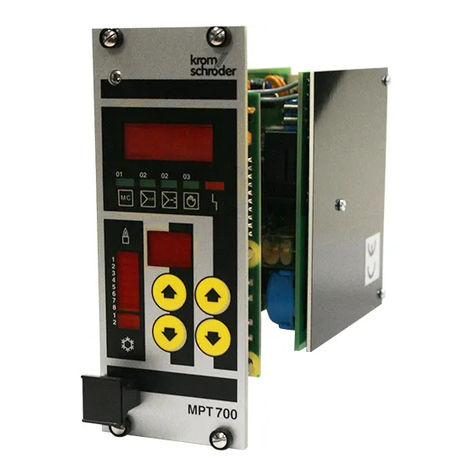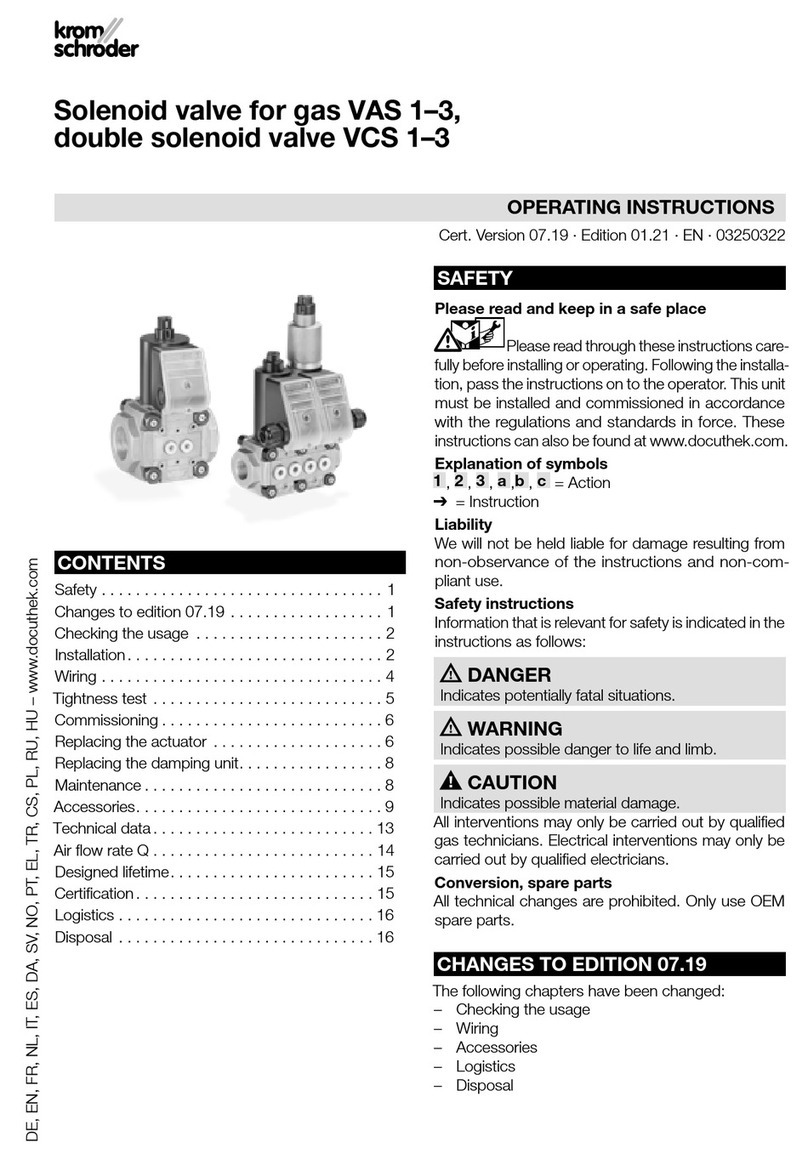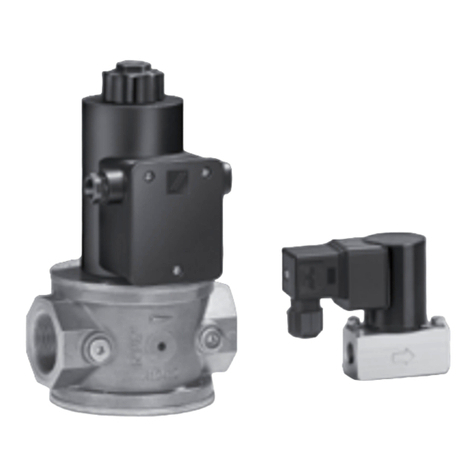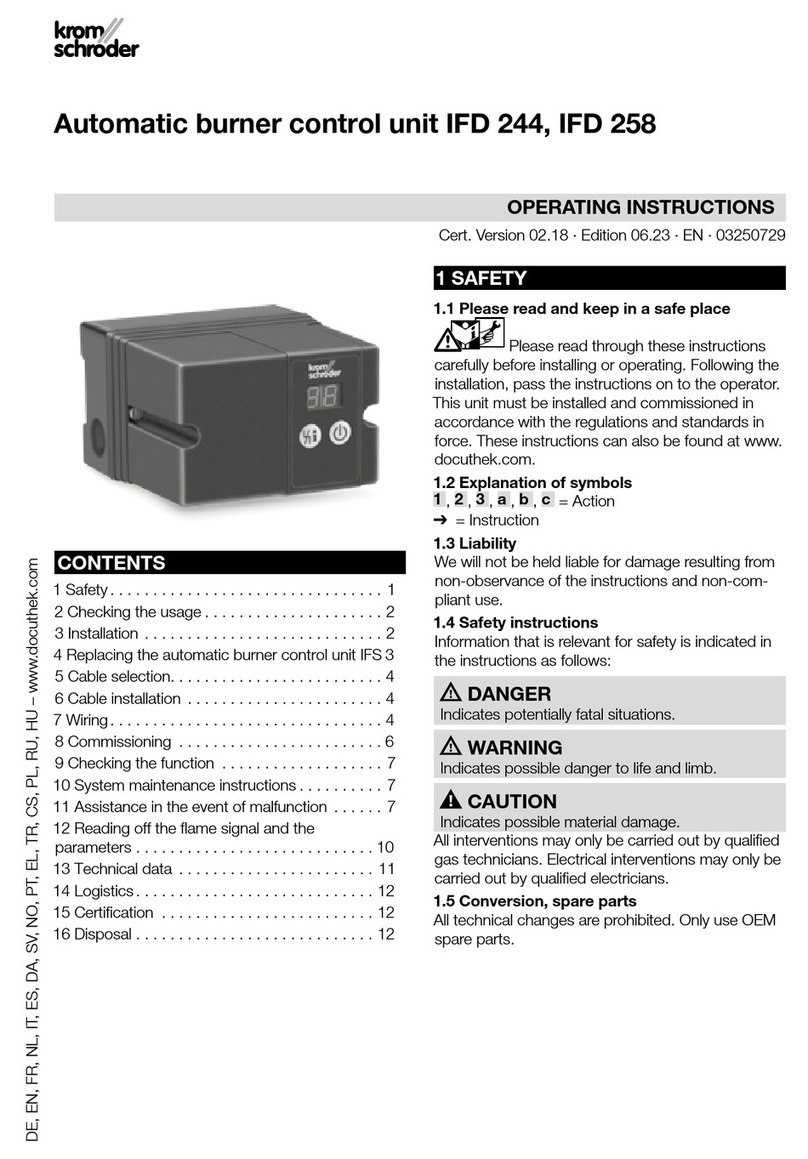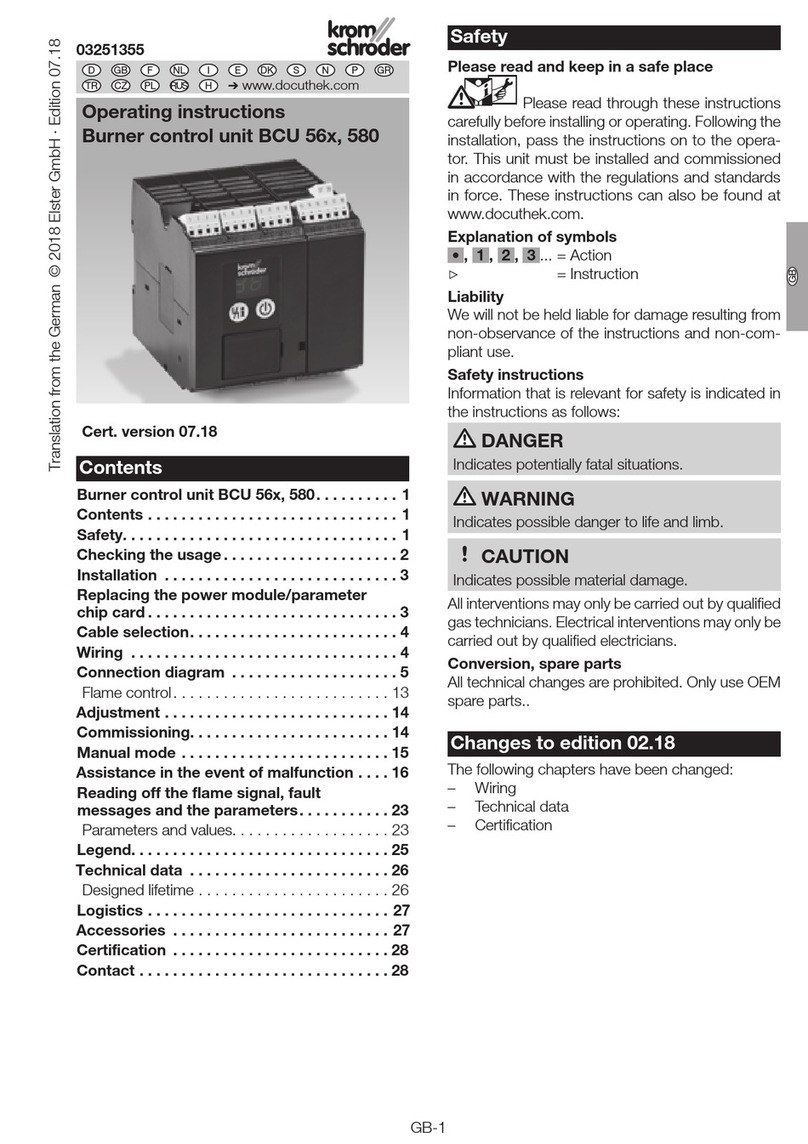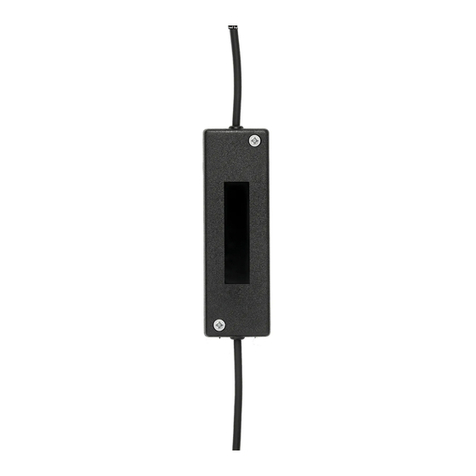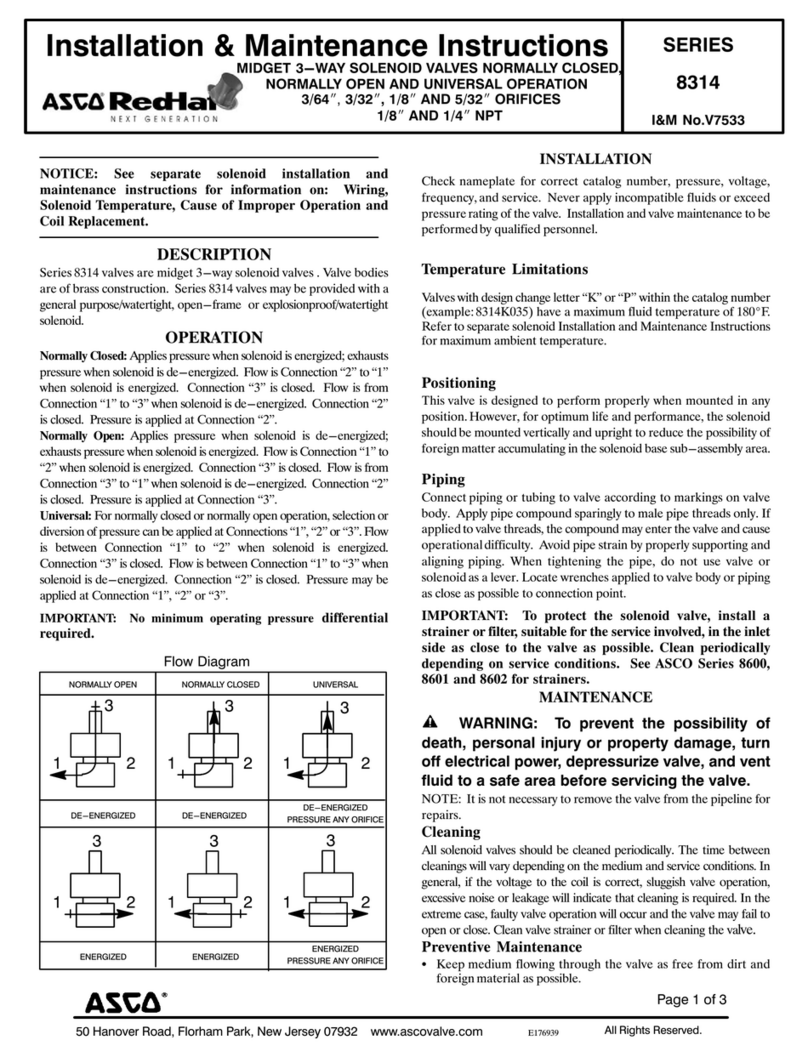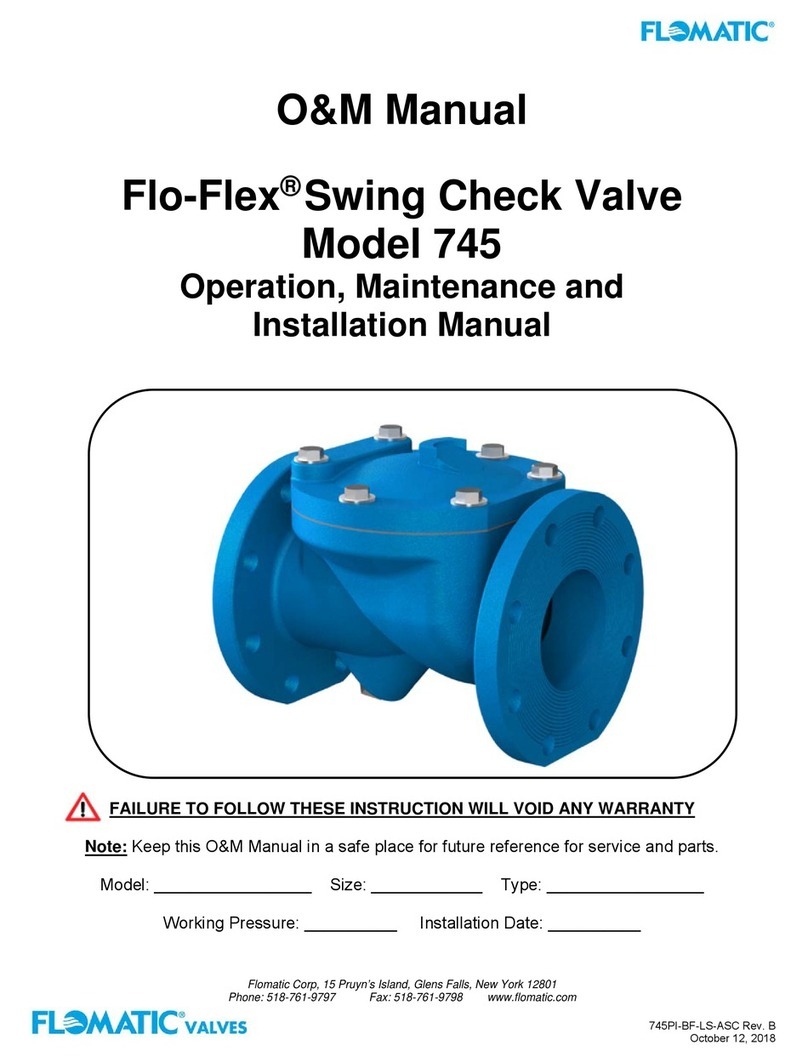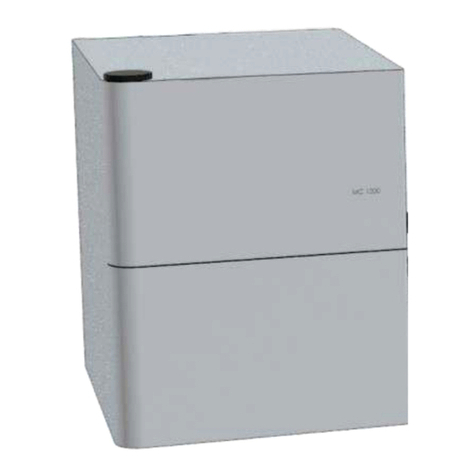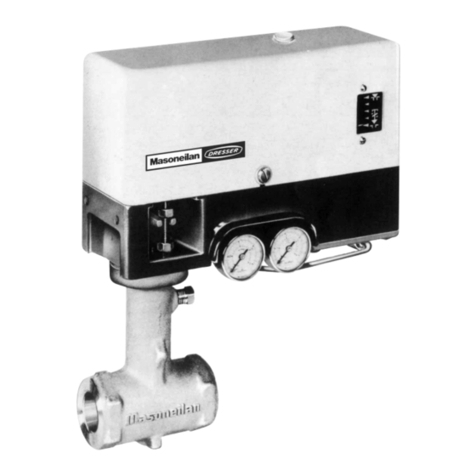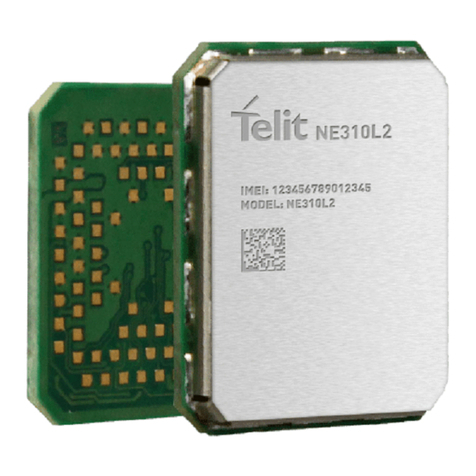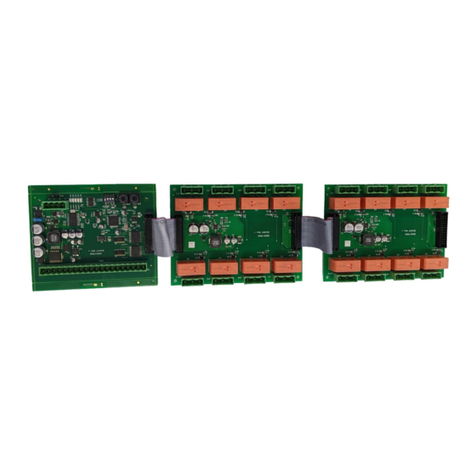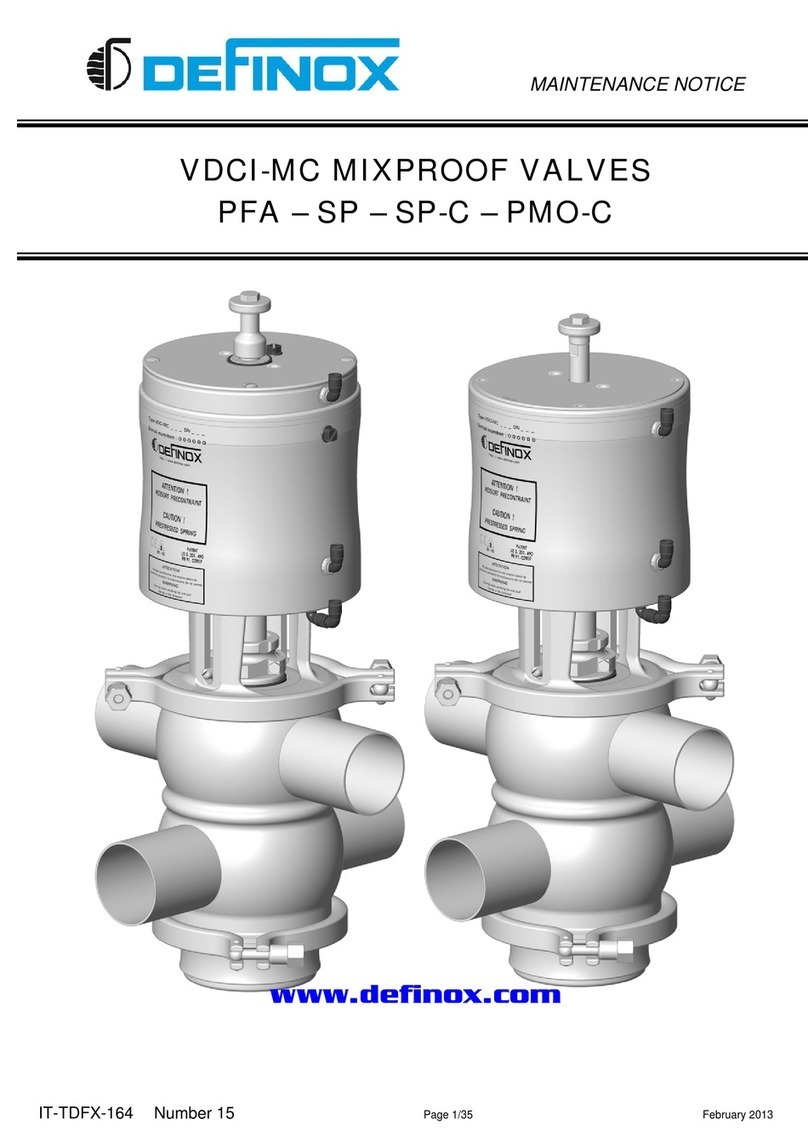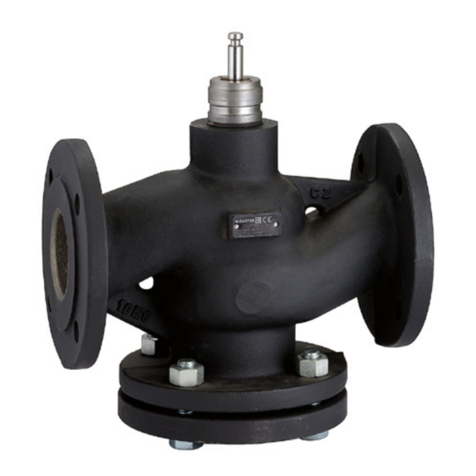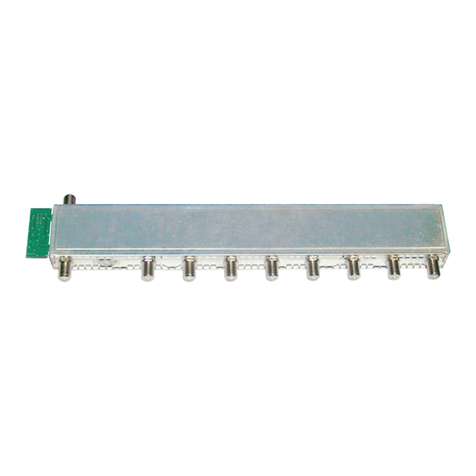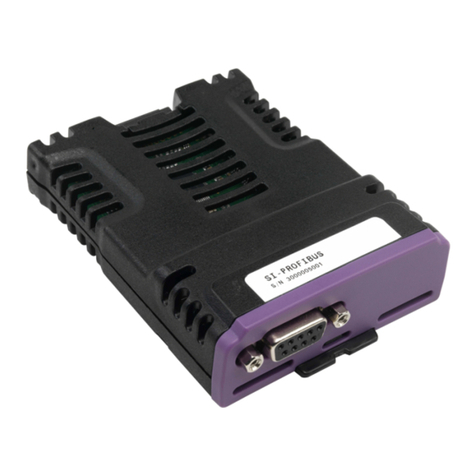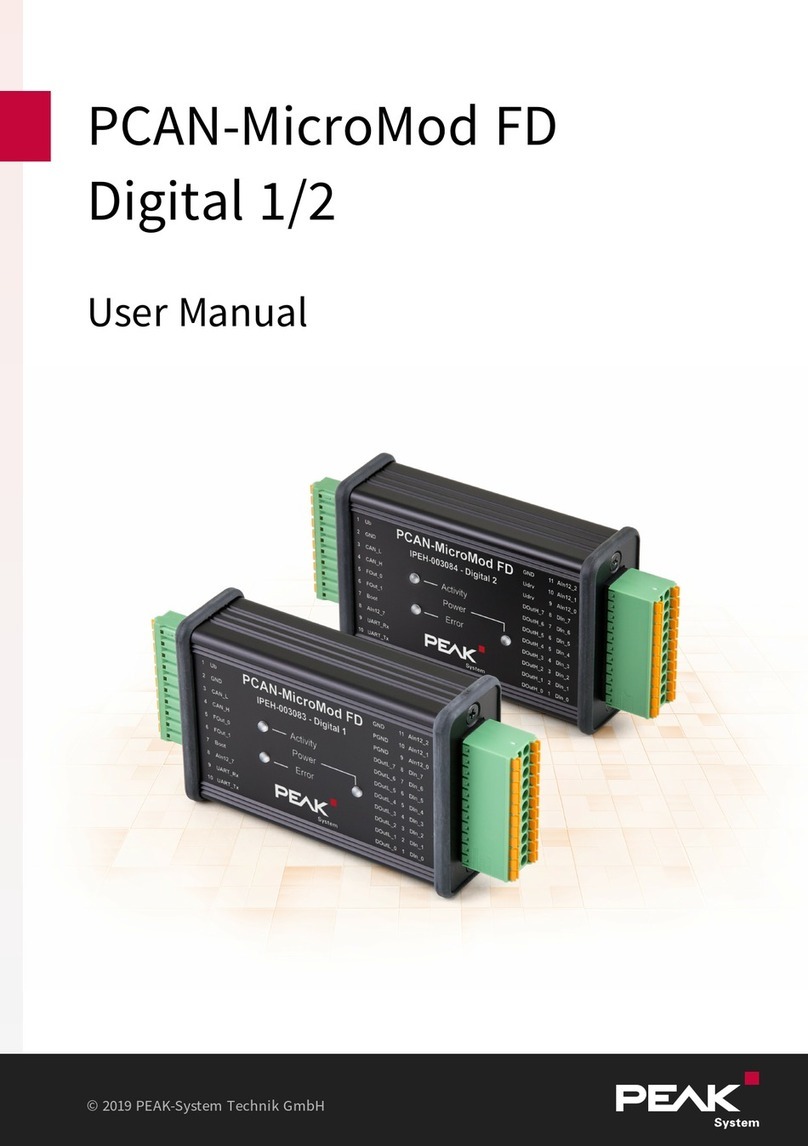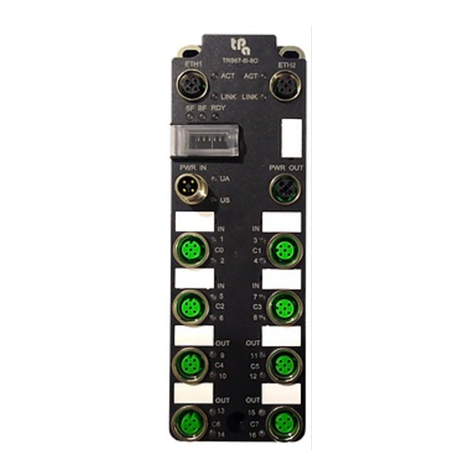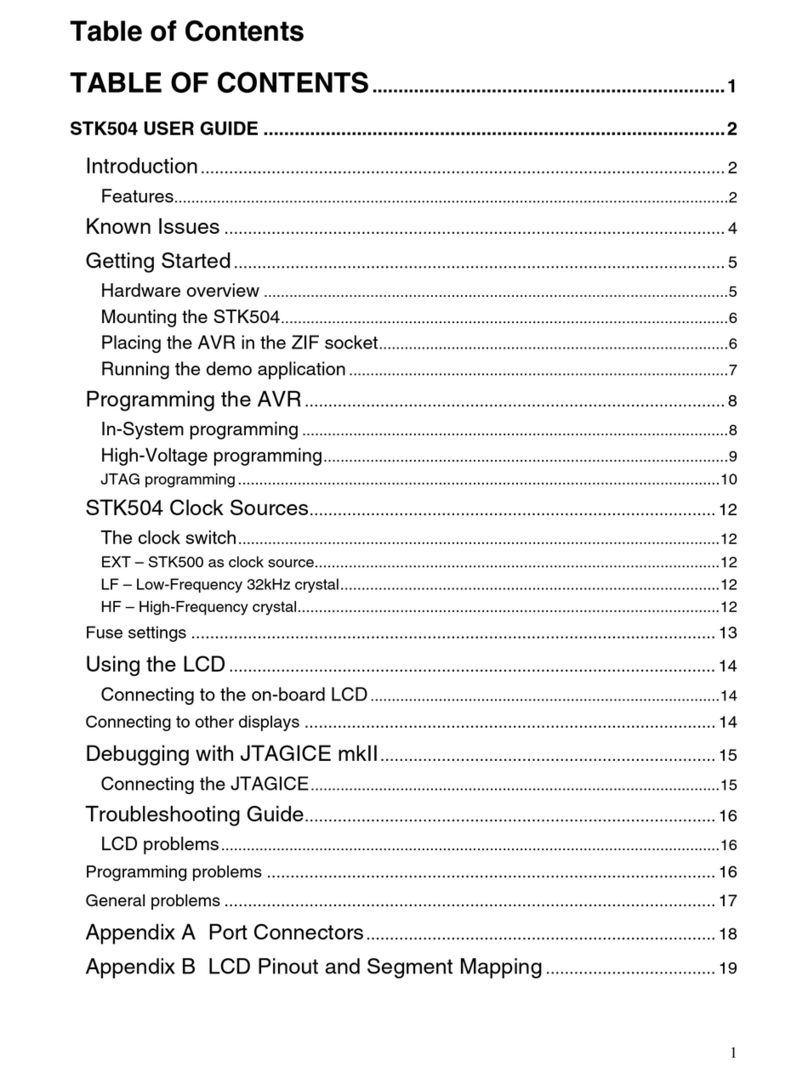IFD 258 · Edition 10.09
2
Contents
Automatic burner control unit IFD 258. . . . . . . . . . . . . . . . . 1
Contents........................................2
1 Application.....................................4
1.1 Examples of application. . . . . . . . . . . . . . . . . . . . . . . . . . 5
1.1.1 Forced draught burners. . . . . . . . . . . . . . . . . . . . . . . . . . . . . .6
1.1.2 Two-stage-controlled burner . . . . . . . . . . . . . . . . . . . . . . . . .7
1.1.3 Modulating-controlled burner . . . . . . . . . . . . . . . . . . . . . . . 8
2 Certification....................................9
2.1 EC type-tested and certified . . . . . . . . . . . . . . . . . . . . . . 9
2.2 AGA approval .................................9
2.3 FM approval ..................................9
2.4 CSA approval..................................9
2.5 Approval for Russia.............................9
3 Function......................................10
3.1 Connection diagrams . . . . . . . . . . . . . . . . . . . . . . . . . . 10
3.1.1 IFD258..........................................10
3.1.2 IFD 258..I........................................12
3.2 Program sequence............................13
3.3 Animation ...................................14
3.4 Program status and fault messages. . . . . . . . . . . . . . 15
3.4.1 Reading off the flame signal . . . . . . . . . . . . . . . . . . . . . . . . 16
4 Parameters . . . . . . . . . . . . . . . . . . . . . . . . . . . . . . . . . . . 17
4.1 Scanning the parameters . . . . . . . . . . . . . . . . . . . . . . . 17
4.2 Flame control.................................18
4.2.1 Burner flame signal ...............................18
4.2.2 Switch-off threshold of the flame amplifier . . . . . . . . . . . .18
4.3 Behaviour during start-up . . . . . . . . . . . . . . . . . . . . . . 19
4.3.1 Normal start-up ..................................19
4.3.2 Start-up without flame signal . . . . . . . . . . . . . . . . . . . . . . . 19
4.3.3 Flame simulation . . . . . . . . . . . . . . . . . . . . . . . . . . . . . . . . 20
4.4 Behaviour during operation . . . . . . . . . . . . . . . . . . . . . 21
4.4.1 Safety time during operation tSB for V1 and V2. . . . . . . . . . 21
4.4.2 Fault lock-out or restart . . . . . . . . . . . . . . . . . . . . . . . . . . . . 21
5 Replacement possibilities . . . . . . . . . . . . . . . . . . . . . . . . 23
6 Selection .....................................24
6.1 Determining the safety time tSA.........................24
6.1.1 Calculating the safety time tSA ...................... 24
6.2 Selection table................................25
6.2.1 Type code ...................................... 25
7 Project planning information. . . . . . . . . . . . . . . . . . . . . . 26
7.1 Cable selection................................26
7.2 Star electrodes................................26
7.3 Purge .......................................26
7.4 Emergency stop in the event of fire or electric shock . 27
7.5 Emergency stop triggered by safety interlock . . . . . . . 27
7.6 Overload protection............................27
7.7 Parallel reset .................................27
7.8 Remote reset .................................27
7.9 Behaviour in the event of flame failure . . . . . . . . . . . . 27
7.10 Wiring ......................................28
7.11 Note on EC type-examination . . . . . . . . . . . . . . . . . . . 28
7.12 Installation of solenoid valves for gas . . . . . . . . . . . . 28
7.13 Flame control ................................28
7.13.1 With ionisation sensor. . . . . . . . . . . . . . . . . . . . . . . . . . . . 28
7.13.2 With UV sensor UVS . . . . . . . . . . . . . . . . . . . . . . . . . . . . . 28
7.14 Flame signal cut-off point . . . . . . . . . . . . . . . . . . . . . . 28
7.15 Two-stage burner control with two solenoid valves . 29
7.16 Short-circuit fuse..............................29
8 Accessories...................................30
8.1 High-voltage cable ............................30
8.2 Radio interference suppressed electrode adapters. .30
9 Technical data................................. 31
9.1 Operating controls.............................32
9.2 Installation...................................32
10 Maintenance cycles............................33




















